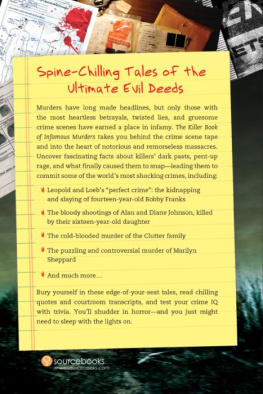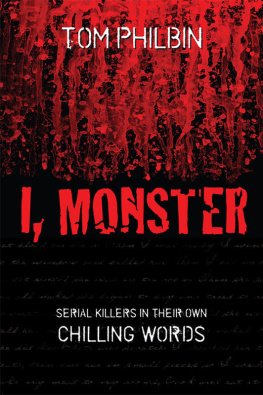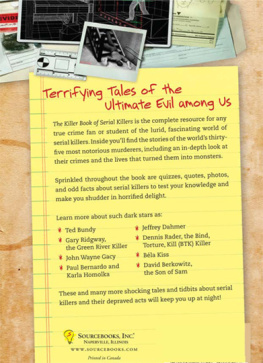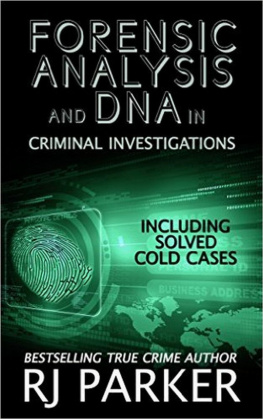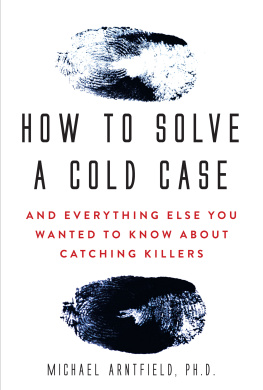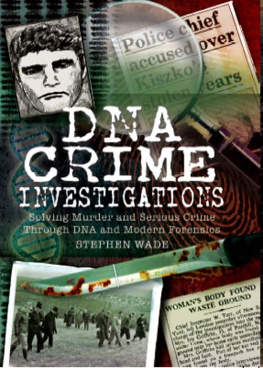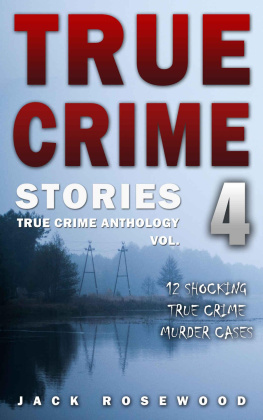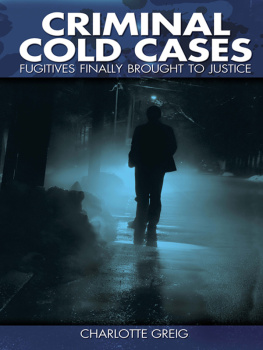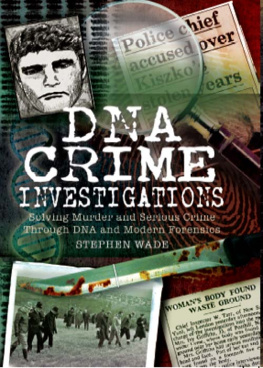
AccelerantA flammable substance used in the commission of arson. A variety of materials are used as accelerants, including grease, wax paper, kerosene, charcoal lighter fluid, paint thinner, grain alcohol, and gasoline. Arson investigators say that grain alcohol is becoming the accelerant of choice because it is also used to freebase cocaine and is well known and easily available.
Then again, as detailed earlier in this book, one of the most prolific arsonists who ever lived, Los Angeles-based John Orr, just used a cigarette, whose lit tip ultimately ignited three matches wrapped in lined, yellow paper. A rubber band held the simple but highly effective device together. Orr knew the device would work because it came into contact with foam, which quickly turned to liquid and ignited.
AutopsyAn autopsy is required in all accidental, suspicious, and homicidal deaths to determine the cause of death. An autopsy is totally invasive, surgically speaking. After the body is cleaned, a Y-shaped incision is made in the chest, the breastplate is removed, and the heart and lungs are examined and weighed. Then the abdomen is opened up, and the organs are removed for examination. After that, the skull is sawed open and the brain is removed. Sections of organs are taken for toxicological examination, and complete blood work is done, including screening for poisons. Following the examination, the organs are returned to the body.
It is importantand often requiredthat the main investigating detective (or primary) be present at the autopsy to answer any questions the medical examiner or coroner may have. The investigators answers may be helpful in determining a definitive cause of death. When the examination is complete, the ME issues a written report of the findings.
Bag the handsEncase the hands of a homicide victim in bags. This is standard procedure and helps preserve any trace material, such as skin or hair, that might be on the hands or under the fingernails of the victim. When a victim is fighting for his or her life, it is a natural reaction to defend with the hands by scratching or grabbing the perpetrator. Minute quantities of the material that may be found on the victims hands can be crucial in identifying the guilty person through DNA tests.
Movies or television often shows the victims hands bagged in plastic wrap or a plastic bag, but real-life investigators prefer paper bags because plastic tends to speed up putrefaction, reducing the time for analysis. In addition, plastic does not allow the hands to breathe, and the lack of air may alter the trace evidence significantly.
Blitz rapeRape involving a sudden, unexpected assault.
Blunt-force injuriesInjuries usually characterized by outward signs of lacerations and bruising, caused by a blunt instrument. Blunt-force injuries are normally delivered to the head and produce external signs of attack, but this is not an absolute. A person may receive a severe head injury and appear to be fine but may die later of internal bleeding. Sidney Weinberg, former medical examiner for Suffolk County, New York, once examined a deceased man who had been hit in the head but seemed totally intact. The autopsy revealed that the blow had turned the brain to virtual jelly.
Blunt-force injuries on the side of the head are more likely to be lethal than those on the front. Injuries to areas other than the head can also be fatal. Injuries to the abdomen and pelvic area can cause internal bleeding, while bones may be cracked and pierce organs. Such injuries may also be useful in determining which direction the force came from.
Blunt instrumentA weapon that has no sharp edges and produces blunt-force injuries. By far the most inventive blunt instrument was created by writer Roald Dahl in a short story, Lamb to the Slaughter, in which a woman beat her husband to death with a frozen leg of lamb. When the detectives came to investigate, she convinced them to stay and have dinner, and of course she served them the blunt instrument. They ate the murder weapon.
Bomb dogA type of sniffer dog used by the Bureau of Alcohol, Tobacco, Firearms, and Explosives (ATF) and other law-enforcement agencies to sniff out explosive devices. The ATF characterizes such an animal, in typical governmentese, as an explosives detection canine.
Bomb squadA police unit trained and equipped to deal with explosive devices.
BomberSomeone who constructs and plants bombs in violation of criminal law. Members of bomb squads say bombs usually are of simple design and that the technology and materials needed to make a bomb are easily available.
Bombers send bombs for many reasons. Sometimes a bomb is a warning message placed where it is not likely to kill anyone. Some are sent for simple revenge. The most horrendous kind, those placed where many people are going to be gathered (such as on an airplane or in a building), are usually the work of terrorist groups.
Undoubtedly, the worst example of an airplane bombing was that of the Pan Am flight that exploded over Lockerbie, Scotland. Hundreds of people were killed, all innocent civilians. That bomb was very sophisticated, having been on the plane eight hours before it was detonated. The bomber, released from prison because he was supposedly dying of cancer, recently found shelter in Libya, much to the chagrin of people who lost relatives on the flight.
My two daughters had been on that same plane about six months earlier when they went to visit a friend in England. In another coincidence, my wife worked at a photo shop and knew a family who took photos of themselves in their seats on the plane. A friend brought the film to the shop to be developed. My wife had the sad task of giving the last pictures of their deceased relatives to the wife and mother who came to the store to get them.
BusyworkThe endless, repetitive task of examining material that may contain a clue to the perpetrator of a crime. For example, investigators who received a ransom note demanding $2,000 for the Weinberger baby in 1956 examined the huge volume of handwriting specimens maintained by the New York State Motor Vehicle Bureau, federal and state probation offices, schools, aircraft plants, and various municipalities.
After examining and eliminating almost two million samples of writing in an operation reminiscent of the Mad Bomber case, on August 22, 1956, an agent at the U.S. Probation Office in Brooklyn noted a similarity between the writing in the ransom notes and writing in the probation file of Angelo LaMarca. He had been arrested by the Treasury Department for bootlegging and was charged with the kidnapping.
Chain of evidenceEvidence collected and catalogued in a homicide; also called the chain of custody. Homicide investigators need to keep everything in logical, consistent order when establishing their cases. Ideally, a written record must be kept of everyone who handles evidence, and when.
Cold caseAs mentioned earlier, different cops have different definitions for this term. For example, some cops use a certain year, say 1990, as the cutoff so that any homicide committed prior to that date is classified as a cold case. Others may dub a case cold if a long time has elapsed since a person disappeared and that person is assumed to be a homicide victim. Perhaps the classic cold case was that of Judge Joseph Force Crater, who vanished on the night of August 6, 1930. His wife said he had received a phone call and then left the house, first commenting that he was going to straighten those fellows out. He was never seen again.
Next page

